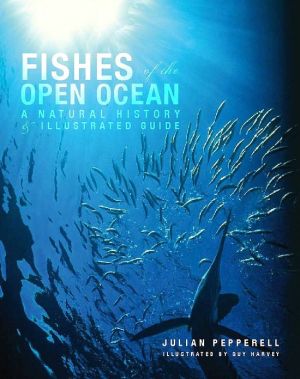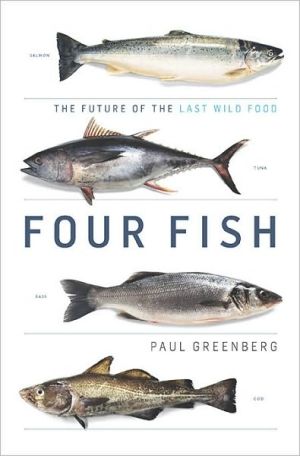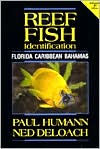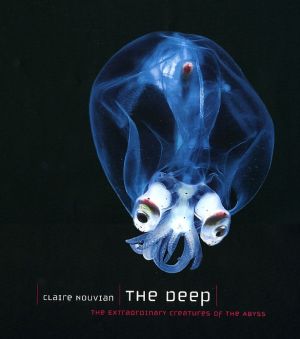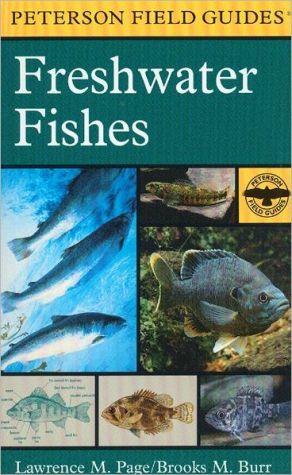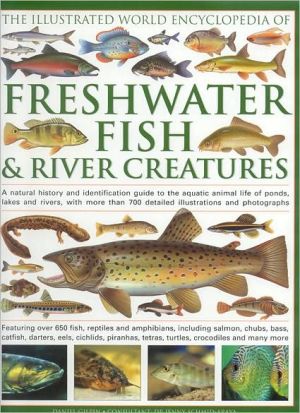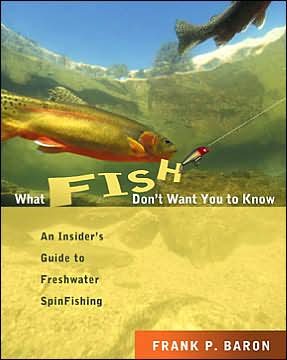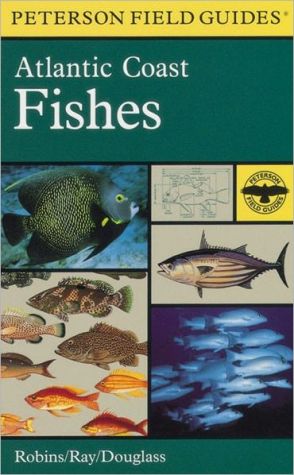Fishes of the Open Ocean: A Natural History and Illustrated Guide
Between the surface of the sea and depths of two hundred meters lies a remarkable range of fish, generally known as pelagics, or open-ocean dwellers. These creatures are among the largest, fastest, highest-leaping, and most migratory fish on the entire planet. Beautifully adapted to their world, they range from tiny drift fish and plankton-straining whale sharks to more streamlined predators such as tuna, marlin, sailfish, and wahoo.\ \ Fishes of the Open Ocean, from leading marine biologist...
Search in google:
Between the surface of the sea and depths of two hundred meters lies a remarkable range of fish, generally known as pelagics, or open-ocean dwellers. These creatures are among the largest, fastest, highest-leaping, and most migratory fish on the entire planet. Beautifully adapted to their world, they range from tiny drift fish and plankton-straining whale sharks to more streamlined predators such as tuna, marlin, sailfish, and wahoo.Fishes of the Open Ocean, from leading marine biologist and world authority on the subject Julian Pepperell, is the first book to comprehensively describe these fishes and explore the complex and often fragile world in which they live. In what will be the definitive book on the subject for years to come—and, with over three hundred color images, the most lavishly produced as well—Pepperell details the environment and biology of every major species of fish that inhabits the open ocean, an expanse that covers 330 million cubic miles and is the largest aquatic habitat on the Earth. The first section of the book introduces the various evolutionary forms these fish have taken, as well as the ways in which specific species interact and coevolve with others in the food web. A chapter on commercial and sport fisheries explores the human element in this realm and considers such issues as sustainability, catch-and-release initiatives, and the risks of extinction.The second section of the book provides species accounts of open ocean dwellers organized by group, with overviews and general descriptions that are inclusive of range and distribution, unique physiological and morphological attributes, and the role of each species within its ecosystem. Global distribution maps, original illustrations from renowned artist and scientist Guy Harvey, and truly stunning images from some of the world’s leading underwater photographers round out this copiously illustrated volume. Science "Pepperell begins with short discussions of food webs, morphologic adaptations that have independently evolved in several groups, and the impacts of commercial and sports fisheries. The remainder of the book summarizes the identification, distribution, and biology of all major open ocean species, including billfish, tuna, mackerels, jacks, and pelagic sharks and rays. Harvey has painted each species; many are also presented in informative underwater photographs."—Science
Part One Environment, Biology and Fisheries1 Why fishes of the open ocean?2 The oceanic web of life3 Form and function4 Interactions with humansPart Two Guide to the Fishes5 Billfishes6 Tunas7 Mackerels8 Jacks/trevallies9 Other pelagic gamefishes10 Sharks and rays11 Other open-ocean fishesBibliography Index Acknowledgements
\ BooklistIn this gorgeous book, ichthyologist Pepperell introduces famous and lesser known fish to the general reader. Part One describes the general environment of the open ocean, the role the fish play in the ecology, their general biology, and their importance to humans as sport or food fish. Part Two is a guide to the fish—and what fish these are! How many of us know that a blue marlin can weigh over 1,800 pounds? Also covered are mackerels, jacks, sharks, rays, and other lesser-known species.\ \ \ \ \ SciencePepperell begins with short discussions of food webs, morphologic adaptations that have independently evolved in several groups, and the impacts of commercial and sports fisheries. The remainder of the book summarizes the identification, distribution, and biology of all major open ocean species, including billfish, tuna, mackerels, jacks, and pelagic sharks and rays. Harvey has painted each species; many are also presented in informative underwater photographs.\ \ \ Quarterly Review of BiologyFor beginning scholars and avid anglers, this volume will undoubtedly teach them about the biology and ecology of the diverse assemblages of open ocean fishes. But for all, including seasoned researchers, the detailed illustrations and color photographs are much more than just a delight to look at, they offer the opportunity to differentiate the closely related species without compromising the innate beauty of each. Taken together, this book will be a wonderful resource for anyone generally interested in these fishes.”\ — Diego Bernal\ \ \ \ \ \ Science"Pepperell begins with short discussions of food webs, morphologic adaptations that have independently evolved in several groups, and the impacts of commercial and sports fisheries. The remainder of the book summarizes the identification, distribution, and biology of all major open ocean species, including billfish, tuna, mackerels, jacks, and pelagic sharks and rays. Harvey has painted each species; many are also presented in informative underwater photographs."—Science\ \ \ \ \ \ Booklist"In this gorgeous book, ichthyologist Pepperell introduces famous and lesser known fish to the general reader. Part One describes the general environment of the open ocean, the role the fish play in the ecology, their general biology, and their importance to humans as sport or food fish. Part Two is a guide to the fish-and what fish these are! How many of us know that a blue marlin can weigh over 1,800 pounds? Also covered are mackerels, jacks, sharks, rays, and other lesser-known species."-Booklist\ \ \ \ \ \ Library JournalAmong the fishes that inhabit the open ocean, defined as the surface layer of the sea down to 656 feet, are tunas, billfish, and sharks. Other species, such as Atlantic and chinook salmon, the whale shark, and Spanish mackerel, spend part of their life cycles in this zone. This volume, authored by a leading Australian marine biologist, is enhanced with over 300 color photos and illustrations by a renowned scientist/artist that convey both men's fascination and respect for these large transoceanic fast swimmers. Chapters cover billfish, tunas, mackerels, jacks, and other pelagic game fishes as well as sharks and rays and other open-ocean fishes. For each species, approximately five pages of text and photos include the zoological and common names, environment and biology, and range and global distribution. A two-page bibliography and index enhance this work's reference value. VERDICTThe Handbook of Fish Biology and Fisheries, edited by Paul J.B. Hart and John D. Reynolds, is geared toward the specialist, while this volume has popular appeal similar to Dorrik Stow's Oceans: An Illustrated Reference. Recommended for interested students and the conservation-minded general public, sport fishers, and divers.—Judith B. Barnett, Univ. of Rhode Island Lib., Kingston\ \
